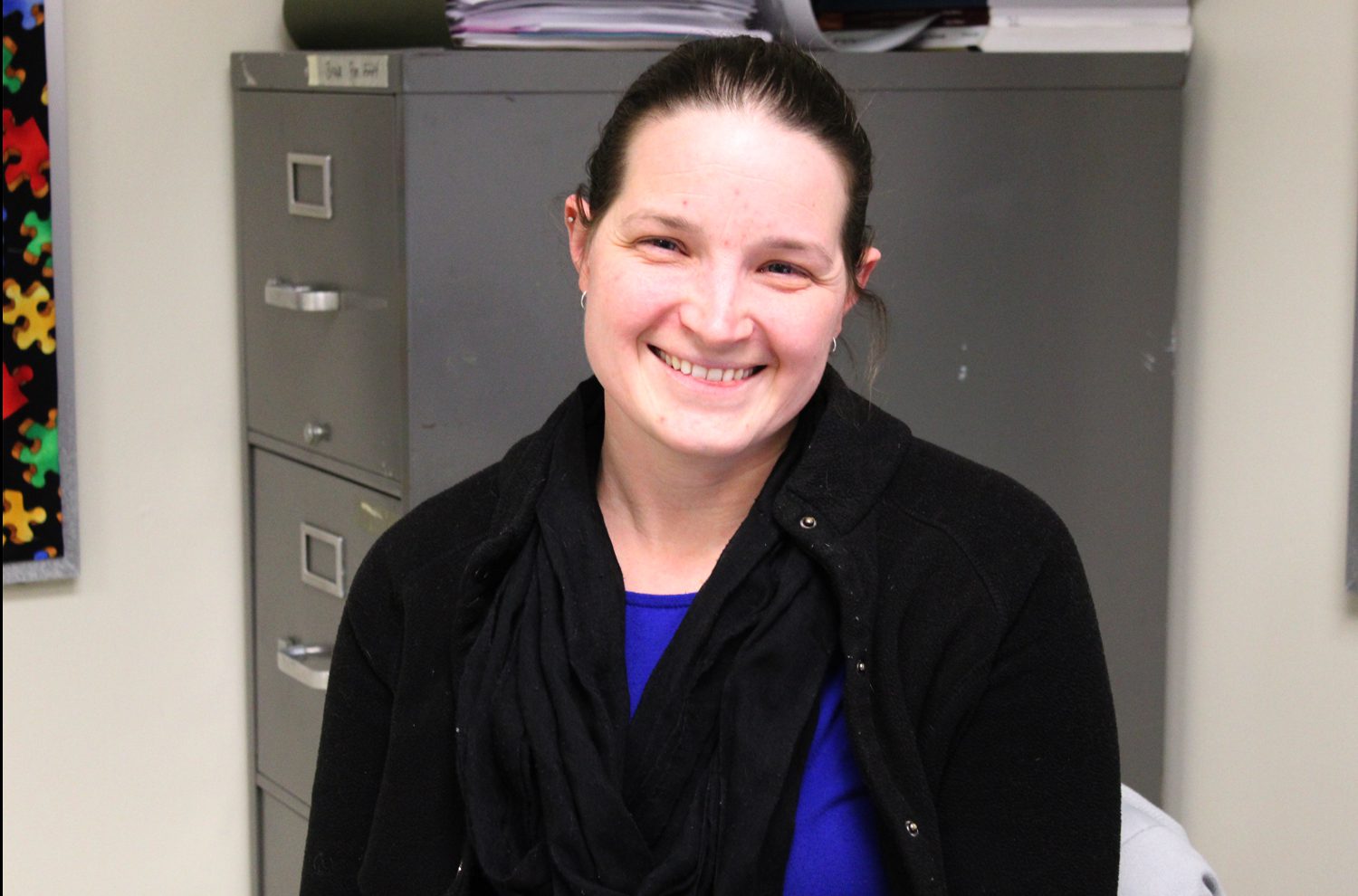
Franklin and McClintock written by Sam Reeves (Webmaster/Social Media Director), Curie written by Alexis Steagall (News Editor), Knope and Braya written by Nydia Ramos (Editor in Chief)

Rosalind Franklin
Born in the year 1920, Rosalind Franklin is a British scientist who is known for her contributions to the discovery of the structure of DNA.
Through the use of X-ray diffraction methods, Franklin was able to determine the helical shape of DNA. She also figured out how to determine the density of DNA.
Franklin’s discoveries inspired further research and led to the eventual model of DNA structure being created.
While being mostly known for her studies on DNA, Franklin has had other contributions to science that are not as widely recognized.
Franklin was recruited to the British Coal Utilisation Research Association (BCURA) to research coal and its benefits towards the war. Franklin worked with other Physics & Chemistry graduates to research carbon structure and how to use it for products such as gas masks.

Barbara McClintock
Barbara McClintock, an American scientist born in 1902, is known for her discovery of mobile genetic components.
McClintock expressed her love of science very early on, being inspired by her own father who was a physician at the time. She attended Cornell University, and worked up to earning herself a Ph.D. in the year 1927.
Specializing in genetics, McClintock began a life long study of the chromosomal analysis of corn. Through her careful analysis over the years, McClintock was able to determine that genetics are not stationary.
She published her findings that these transposable elements she discovered were responsible for new genetic mutations.
Her work was honored in the year 1983, when she was awarded the Nobel Prize for Physiology or Medicine. Not only did she accomplish this, but she was the first woman to be the sole winner of this prize.
Marie Curie
“Nothing in life is to be feared, it is only to be understood. Now is the time to understand more, so that we may fear less” ~ Marie Curie
Polish physicist and chemist, Marie Curie, was the definition of defeating the odds. Not only was she the first woman in history to earn a Nobel Peace Prize, but she was the only woman to take home two.
Her work can be found in many scientific journals she spent most of her time researching remedial science as a way to help those suffering in WW1.
Her efforts inspired not only the females of the generation, but highly esteemed scientists.

Leslie Knope
Fictional character from the hit TV show, Parks and Recreation, Leslie Knope is the definition of a strong female character. She is the deputy director of the Parks and Recreation Department of her city’s government.
Throughout the show, she takes initiative to make changes for the good in her beloved hometown. She strongly supports feminism and often goes out of her way to support her fellow females in all of their endeavors.
Hard-working, diligent and headstrong are some words to begin with when describing Knope, though there will never be a sufficient description of her true passion for making changes where change is needed.
 Staci Braya
Staci Braya
Braya has been working as a science teacher at Indian Trail for approximately eight years. Teaching subjects such as Biology and Ecology she compassionately lectures students in fun and engaging ways such as creative labs and varieties of ways to learn the subject at hand.
Her classes are so much more than reading about mitochondria in a text book and it’s all thanks to her passion for teaching.
Combining her sarcastic humor with her passion for science, she makes the perfect match for her students.

